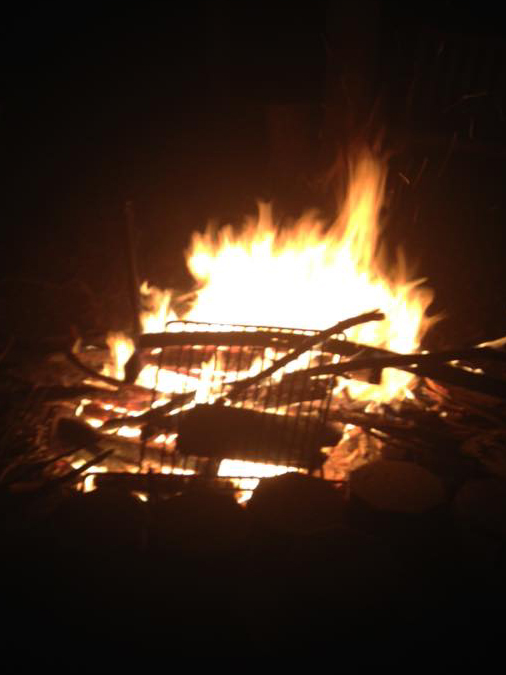
Get it Burning! Getting a fire started, whether at the campground or in the wilderness can be accomplished many ways. Having multiple backups ensures it happens and you stay warm and safe on any adventure. Simonson Photo.
By Nick Simonson
Few things warm up a winter night like a fire in the fireplace. Whether used for seasonal ambiance, to char a freshly harvested venison tenderloin, to light up a summer shoreline or to simply to stay alive, the flicker of flame brings comfort and at times badly needed heat. Having three ways on hand to make a fire while out hunting or fishing – especially on those long outings in the backcountry or remote lakes – ensures survival if something should go amiss. What follows is a trio of fire-starting tools designed to provide ignition should the moment call for it.
The Lighter Side
In the modern era, it’s okay to spurn technology if you feel like you don’t need it. From digital scopes that dial in the yardage on big game on a hillside to sonars that can spin and track the fish coming in and moving out under the ice, the advancements are downright amazing. One item of modernity that fits in your pocket or tacklebox and doesn’t require any use (unless needed) is the butane lighter. Going on 50 years now, the flickable fire starter has become a staple in survival kits as a first source of flame. It’s easy to control, can be moved around a ball of kindling with ease, and has dozens of other uses, from performing field surgery with shrink wrap on trolling motor terminals to severing superlines when a blade isn’t handy. Having a butane lighter is a sure bet to have a fire-starting option available.
The Perfect Match
A solid back up to a butane lighter is a collection of water- and weather-proof matches. With a dozen or two stashed in a waterproof cylinder or other secure storage container, matches provide reassurance that a fire can be lit, and that the flame – at least as long as the stick lasts – can be moved about to ensure uniform lighting of kindling and tinder balls. Pack a bit of flattened cotton ball, a small roll of paper or other easily- it item as a wrapping for the matches to also guarantee an easier start to a fire. A wide variety of match styles are available, some with better heads with various treatments to stand up to wind and conditions, so select carefully and know what’s on hand if the situation requires it.
Alternative Options
Beyond the basic one-two- punch of a butane lighter and a bundle of matches, other fire-starting options can be toted into he field and are light and easily packed. From ferrous rods with strikers to compact magnesium and metal stick combinations to lenses and mirrors which can focus the sun’s rays (which, obviously only work in the daytime and under clear skies) easily stashed alternatives can help get things lit when a lighter goes missing and the wind makes a mess of match lighting. Having a third option provides one last line of defense in the battle against cold, misery, and in the worse of cases, even death due to cold conditions.
Keep all these options in mind as the hunting season draws to a close, gear pouches and bags are inspected and new adventures are planned for the coming year. Having three fire starting options on hand will ensure that in case of emergency, the most basic form of comfort and protection is available on any outdoor adventure where it may be needed, whether to signal rescuers, to dry soaked clothing or simply roast a chunk of meat or toast a campfire marshmallow.
